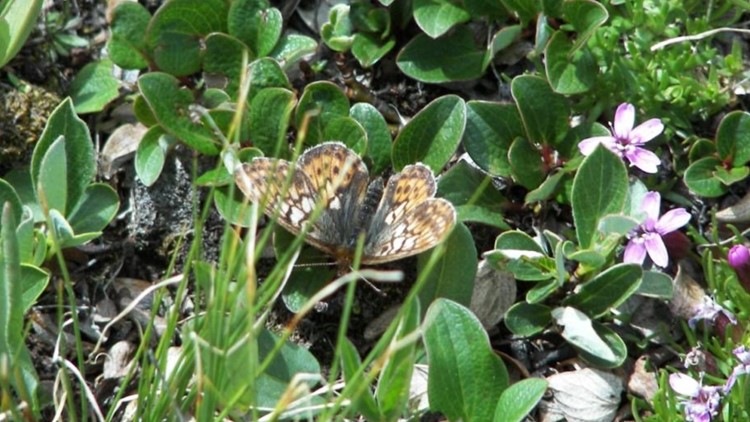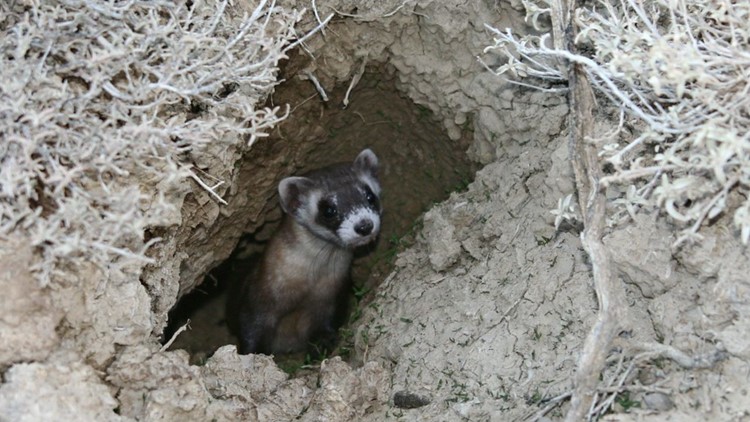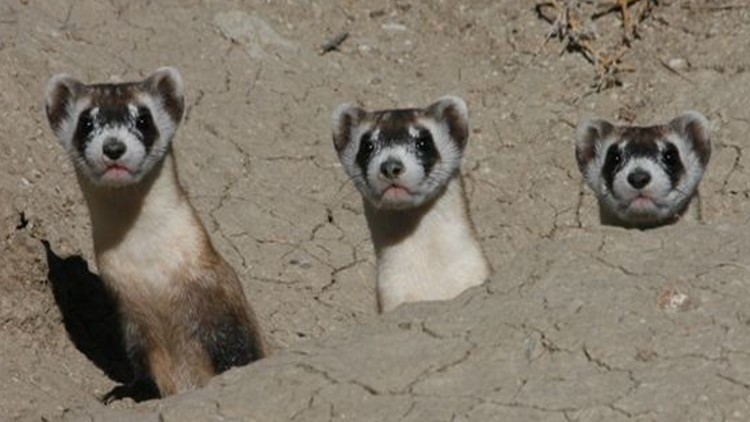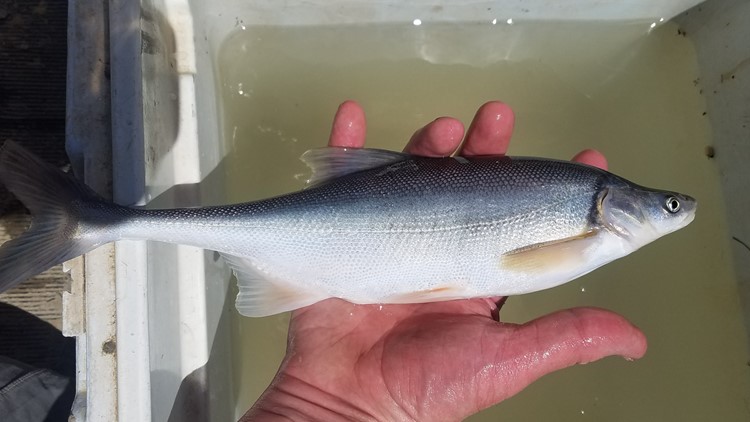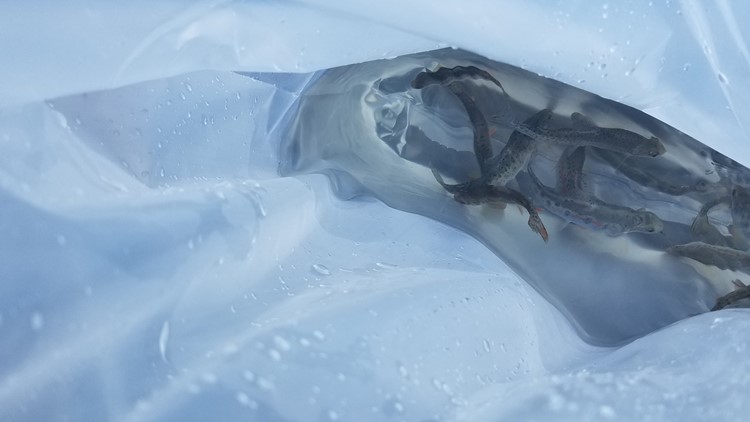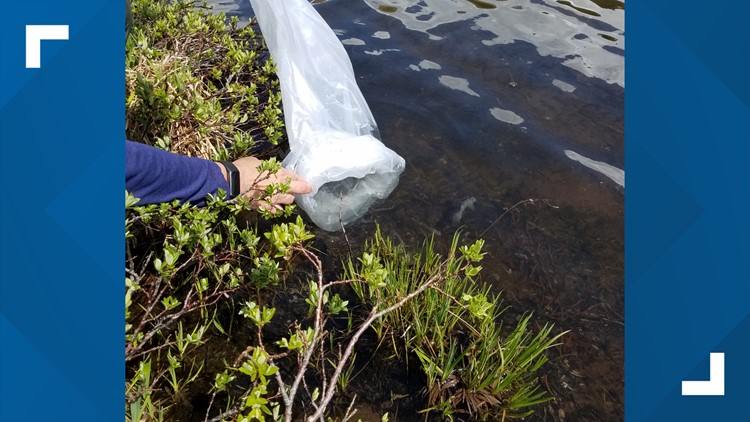DENVER — Here in Colorado, many people love being outside, seeing the native birds, animals and plants that the state has to offer.
But 50 years ago, there were few protections for these critters in place.
That is, until the Endangered Species Act was signed into law.
Now, five decades later agencies said they've helped bring a number of species back from the brink. Nathan Darnall, Western Colorado Supervisor with the U.S. Fish and Wildlife said their work isn't over yet.
"Without this vital work, we might see more species go the way of the dodo," Darnall said. "Over the last 50 years, the Endangered Species Act has prevented the extinction of 99% of the species that are on the list. It's a collaborative effort and we have a lot of successes that we're seeing here in Colorado. And we've been able to de-list and down list a number of species as well."
Birds like the bald eagle and peregrine falcon, once at risk for extinction are now thriving.
Darnall said at FWS, they have 37 different lists of species that need protection here in Colorado.
"Just a few species include fishes like the Bonytail, Razorback Sucker and Colorado Pikeminnow. We also have likely the most imperiled mammal in North America – the black-footed ferret," Darnall said.
And, they're not the only ones tackling this massive challenge.
David Klute, Species Conservation Unit Supervisor with Colorado Parks and Wildlife, said they work closely with agencies like FWS, government agencies, even private land owners to find ways to create protections for these critters.
"You know, we certainly protect and enhance the habitats that these species use. As I mentioned before, we address diseases which can be a big issue for some species. We try to minimize impacts from a variety of threats – those could be from urban development, energy development, roads, habitat conversion, climate change," Klute said.
"Without intervention and assistance by our partners, we might see these species go extinct," Darnall said.
Some of the species in Colorado being helped by the Endangered Species Act
Bringing these animals back from the edge of extinction isn't always easy.
Klute said regulations are often needed to minimize impacts to at-risk populations of plants and animals. The creation of conservation programs, Klute said, can prevent species from needing endangered species protections in the first place.
"Additional funding and additional allocation of resources would certainly go a long ways to doing this," Klute said. "But there's an enormous amount of work just to get species off the list but also to prevent those species from needing to be listed in the first place. There's literally hundreds and thousands of species that need attention."
And the work happening here in Colorado is paying off.
With the black-footed ferret, Darnall said FWS now has six reintroduction sites helping get this animal back on the ground.
The Colorado River Recovery Program is helping to protect four species of threatened and endangered fish. Darnall said now, thousands of Razorback suckers are released into the wild every year.
After five decades of focus helping these species survive, Darnall said they can't let up now.
"It's vital that we stay on this. The Endangered Species Act is needed more than ever. We have ongoing threats like habitat loss, new threats like climate change. If the Endangered Species Act and our partners, we weren't working together, we could see more extinctions," Darnall said. "And so it's important to have this law in place."
Beyond the work these dedicated folks are doing, they say there are things you can do to help these species survive.
Whether you've got an apartment balcony or a whole garden, environmental officials said people should plant a pollinator garden to welcome in bumblebees and butterflies.
You can even make your home more wildlife friendly, something as simple as window decals can help protect birds. And, consider volunteering for a refuge or conservation organization to help tackle this problem first-hand.
SUGGESTED VIDEOS: Colorado Outdoors





